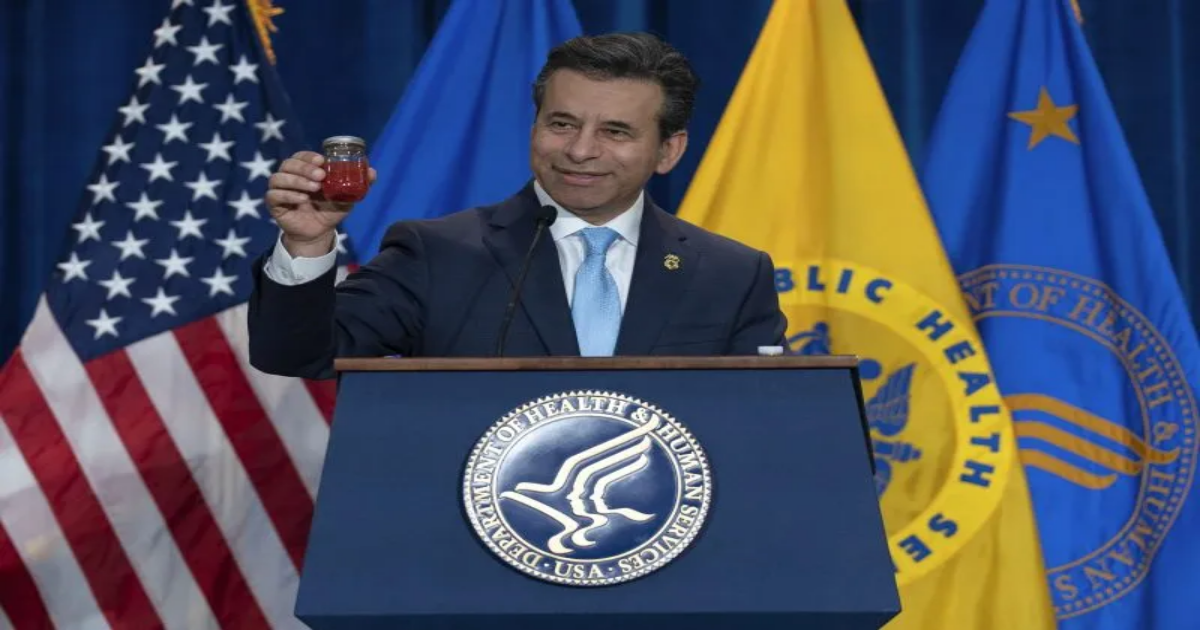(NEXSTAR) — On Tuesday, U.S. health officials announced plans to phase out petroleum-based artificial colors from the nation’s food supply by the end of 2026, potentially changing many products you find on grocery store shelves.
The Food and Drug Administration is preparing to eliminate six synthetic dyes by the end of 2026. The agency will establish a standard and timeline for industry to switch to natural alternatives, revoke authorization for dyes not in production within the coming weeks, and take action to remove remaining dyes on the market.
The dyes set to be phased out by the end of next year are:
- FD&C Green No. 3, or Green 3
- FD&C Red No. 40, or Red 40
- FD&C Yellow No. 5, or Yellow 5
- FD&C Yellow No. 6, or Yellow 6
- FD&C Blue No. 1, or Blue 1
- FD&C Blue No. 2, or Blue 2
Originally, Red 3 was set to be banned in food by 2027 because it caused cancer in laboratory rats. Tuesday, the FDA called for that deadline to move up.
Red 40 is one of the more popular color additives, according to the Cleveland Clinic. It can be found in various packaged foods, from cakes and pastries to candy and gum, plus soda, sports drinks, chips, gelatins, protein powders, and more. Yellow 5 and Blue 1, for example, are common in brightly-colored foods, like Twinkies and Peeps.
In the coming months, the agency said it would also revoke authorization for Citrus Red No. 2 and Orange B, two synthetic food colorings. The first is used to dye the skins of oranges, according to the FDA, while the second is found in the “casings or surfaces of frankfurters and sausages.”
Additionally, the FDA said it would authorize four new natural color additives.
Health advocates have long called for the removal of artificial dyes from foods, citing mixed studies indicating they can cause neurobehavioral problems, including hyperactivity and attention issues, in some children. The FDA has maintained that the approved dyes are safe and that “the totality of scientific evidence shows that most children have no adverse effects when consuming foods containing color additives.”
Many U.S. food companies are already reformulating their foods, according to Sensient Colors, one of the world’s largest producers of food dyes and flavorings. In place of synthetic dyes, food makers can use natural hues made from beets, algae and crushed insects, and pigments from purple sweet potatoes, radishes and red cabbage.
The Associated Press contributed to this report.
Copyright 2025 Nexstar Media Inc. All rights reserved. This material may not be published, broadcast, rewritten, or redistributed.
